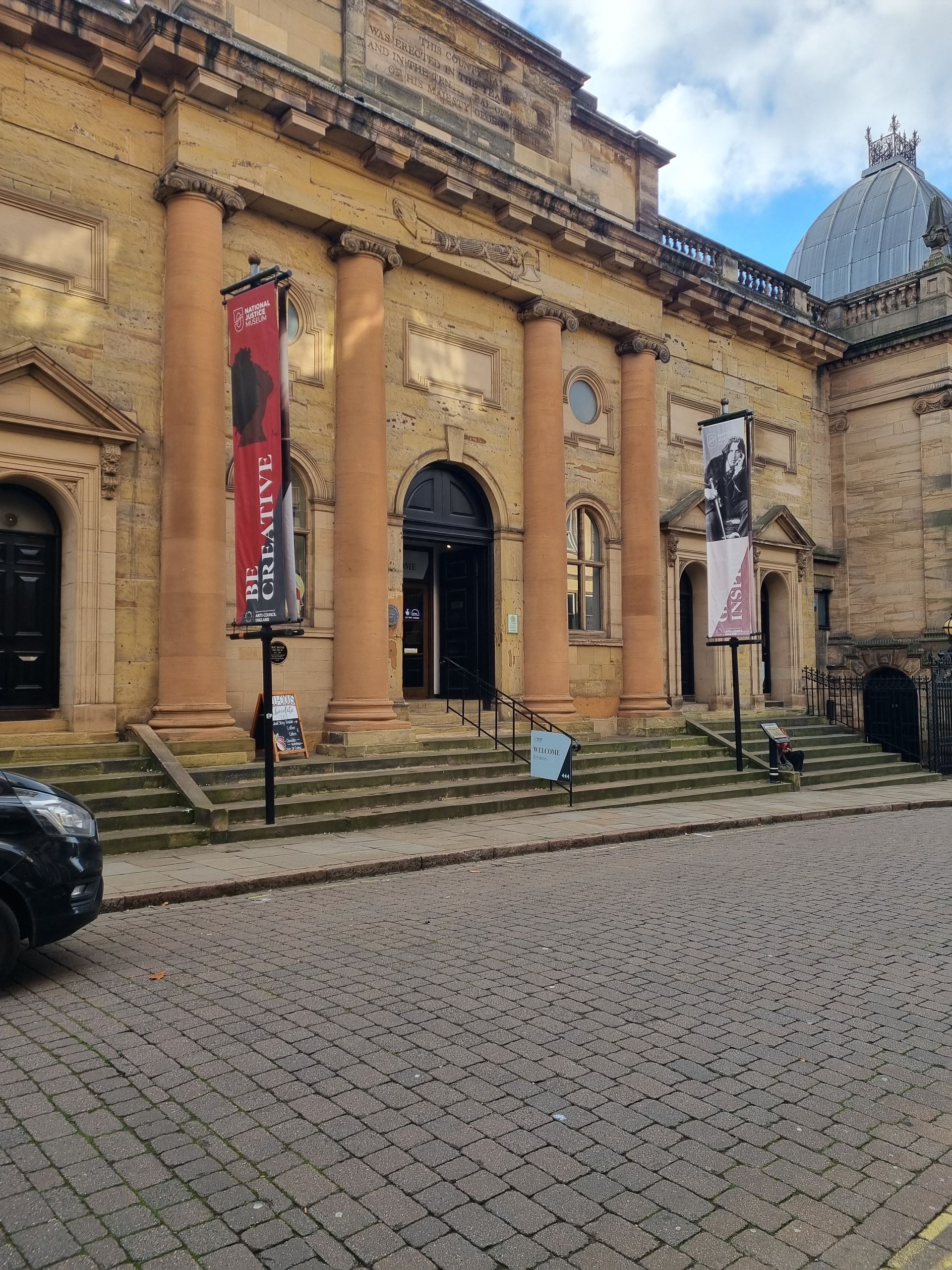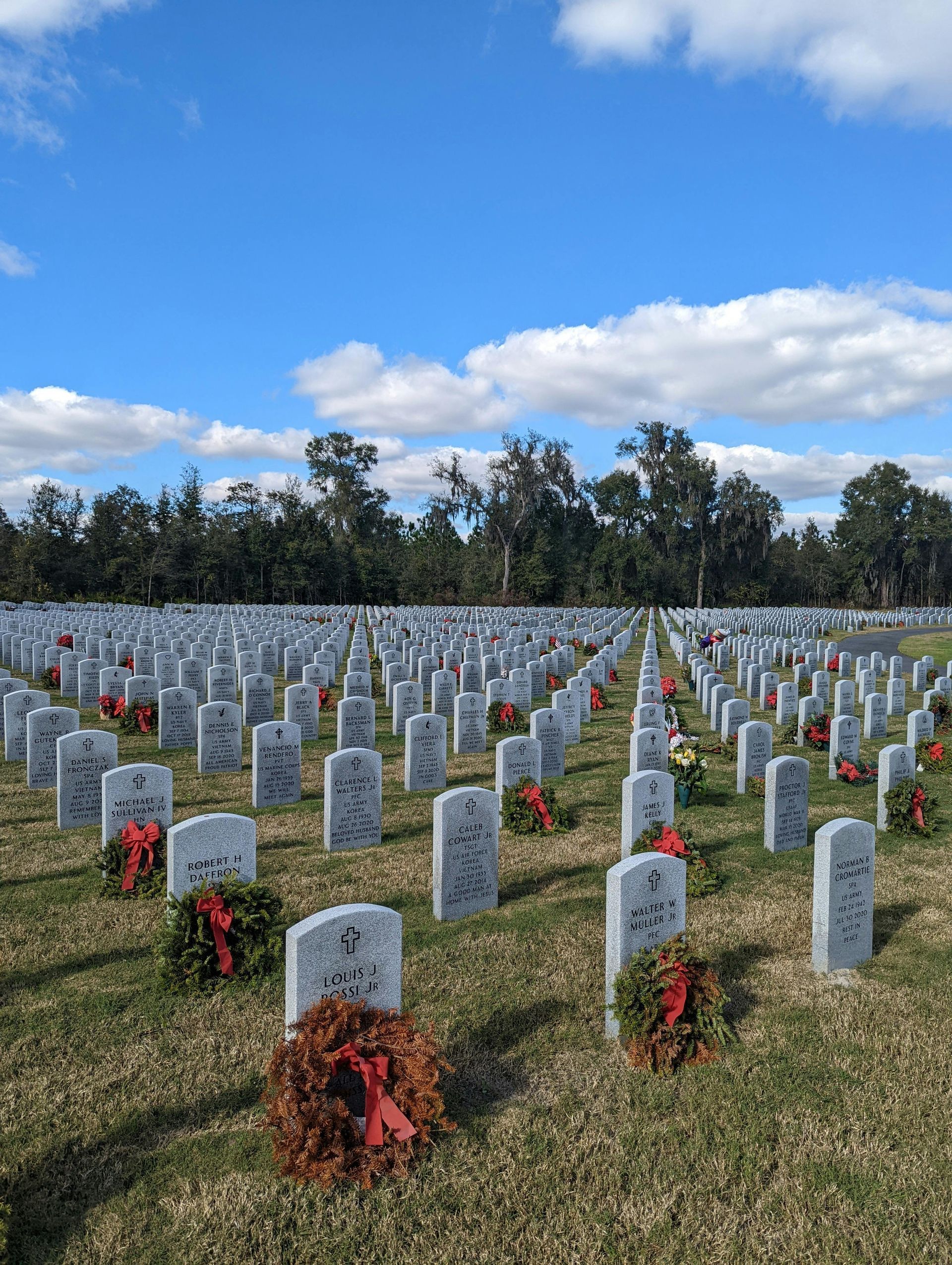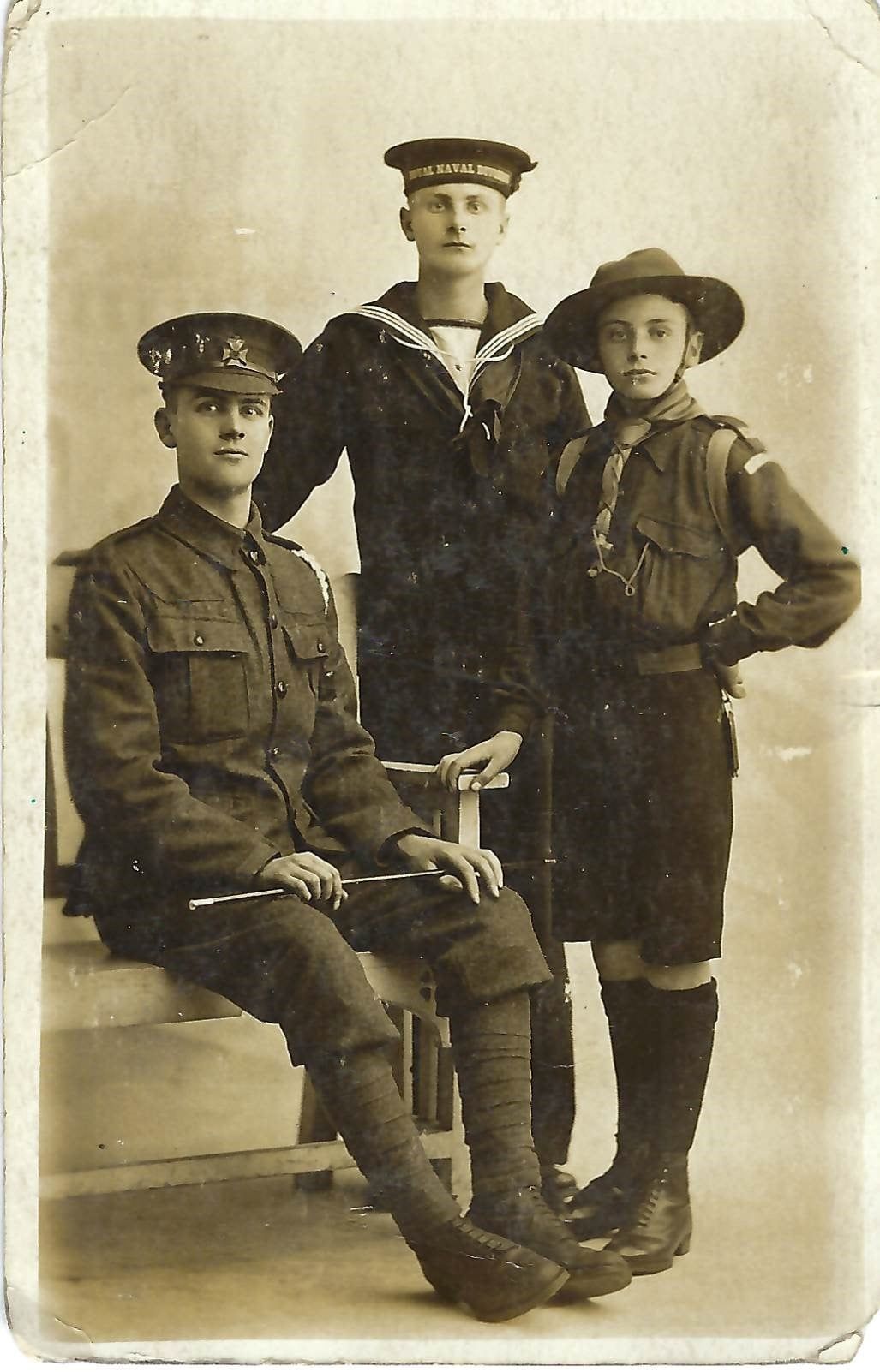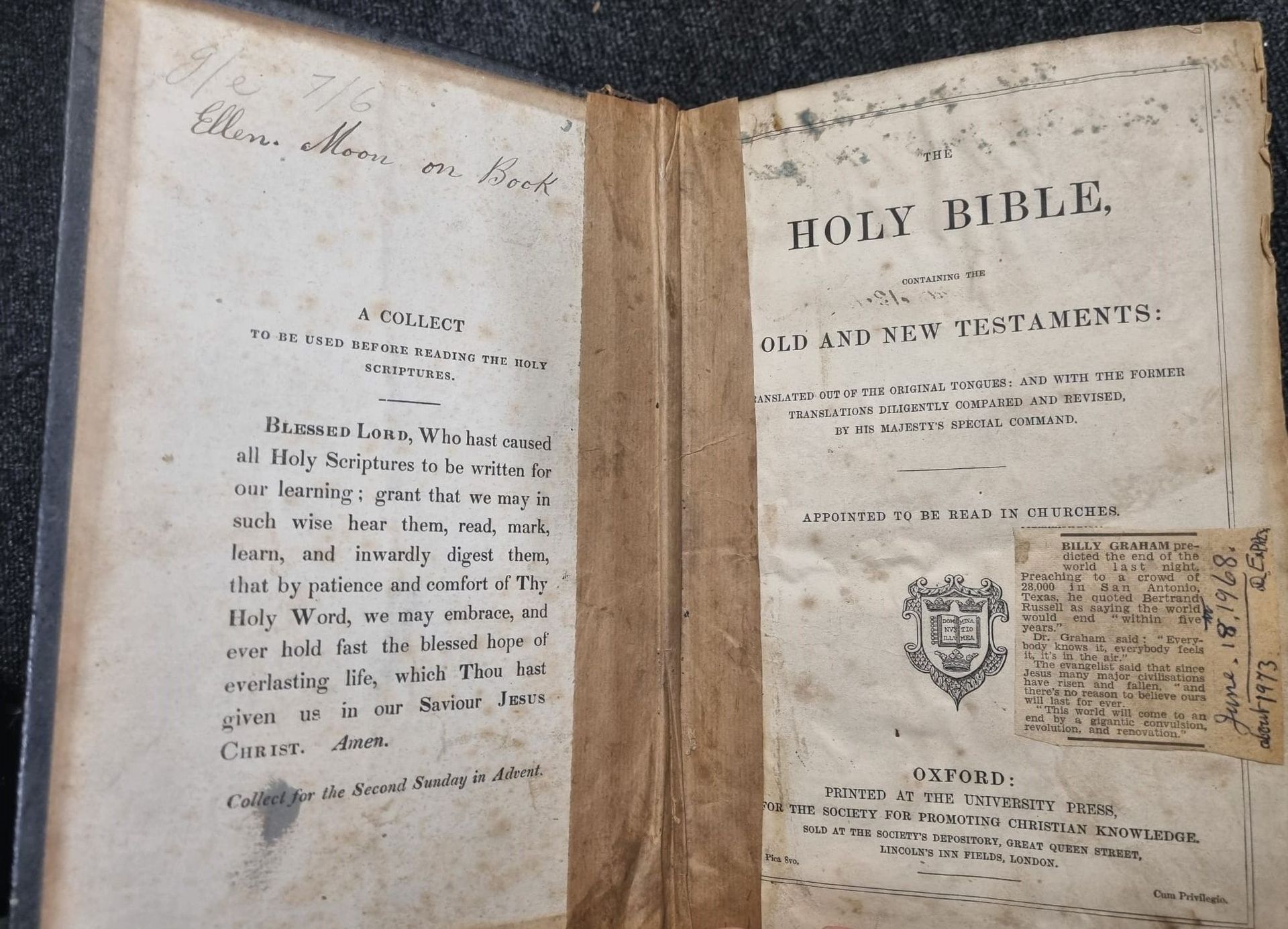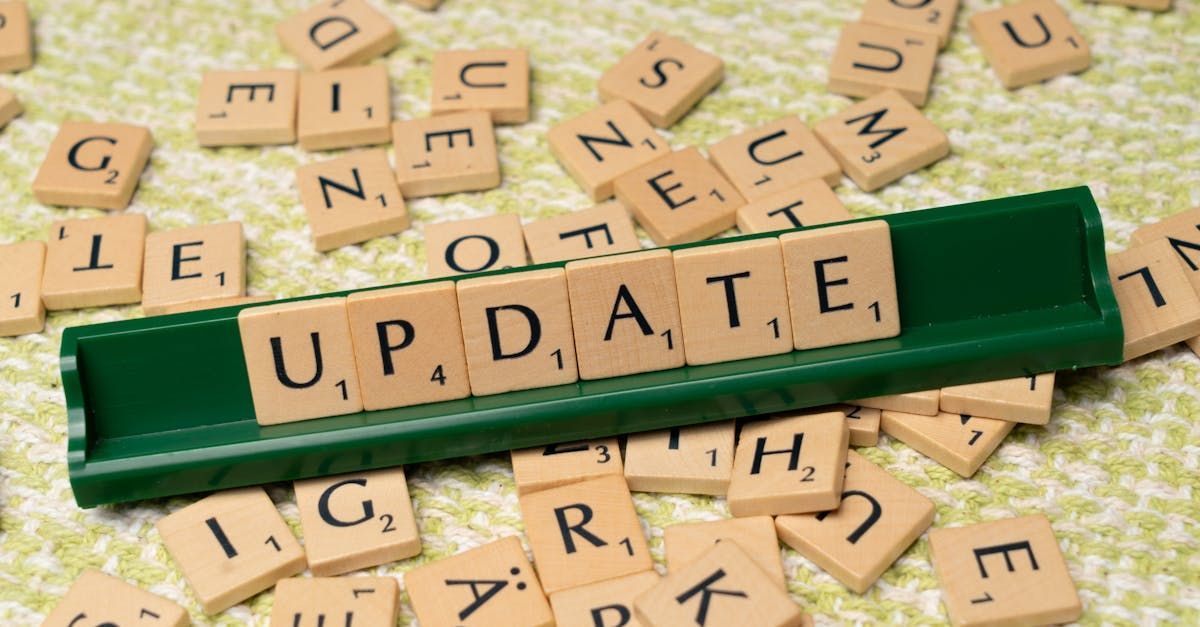The History of the Death Penny
The History of the Death Penny
Several years ago, I started collecting World War I Death Penny’s. So far, it’s only a small collection of 5 Penny’s, but I am very proud of them and what they stand for and will be featuring them individually.
Also known as Dead Man’s Penny, Widow’s Penny or Memorial Plaque’s.
First issued after the First World War to the next of kin of all the British Empire personnel who were killed because of the war or died later from causes related to service.
The Penny plaques are made of bronze and measure 120mm (4.7 in) in diameter. 1,355,000 were issued, and it took 450 tonnes of bronze to make them all. Only 600 plaques were issued to women.
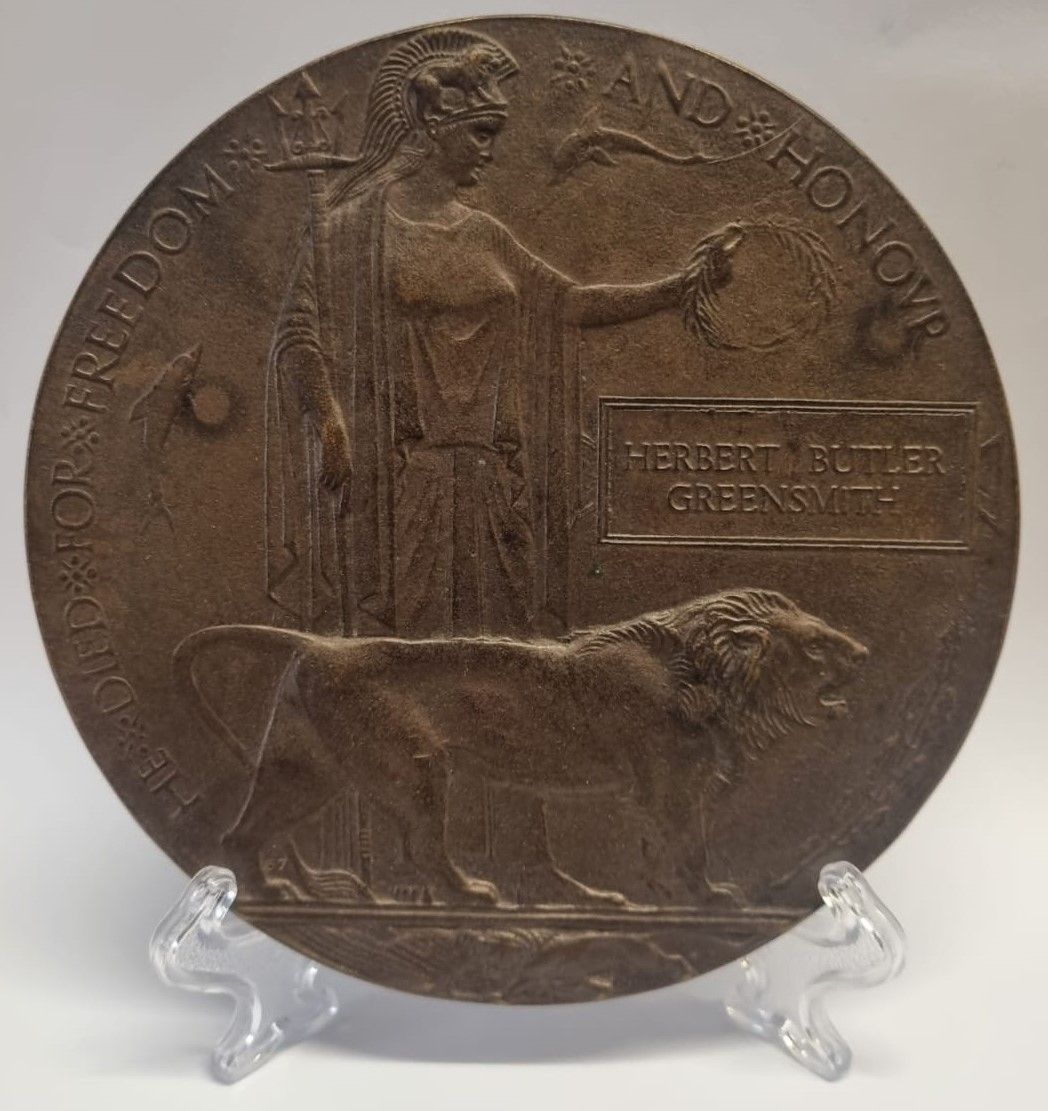
The Design
The design of the plaque was chosen from a public competition with over 800 entries; the winner was Edward Carter Preston the sculptor and medallist, who used the pseudonym Pyramus.
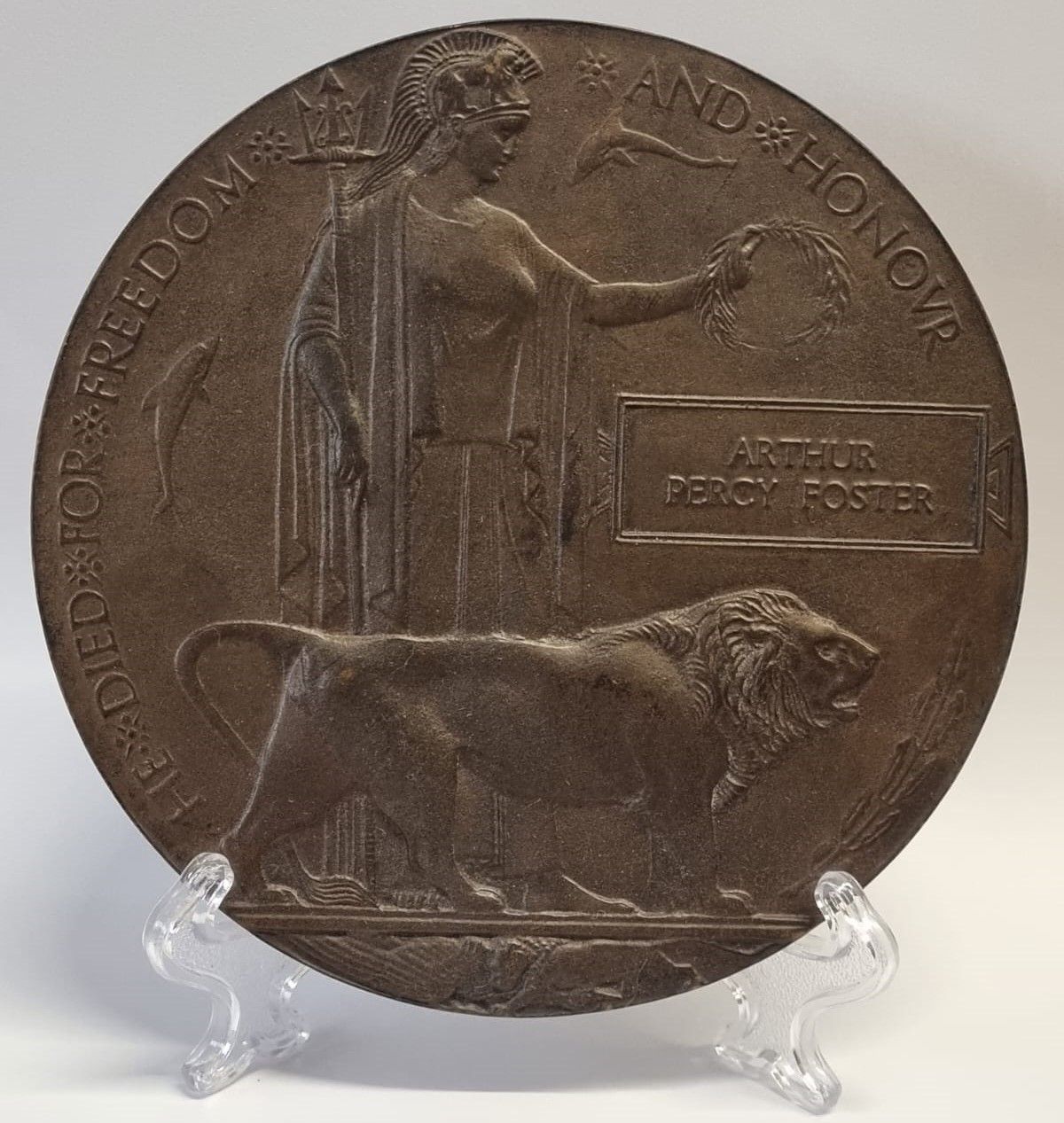
The design includes an image of Britannia holding a trident and standing with a lion. Britannia's outstretched left arm shows her holding an olive wreath above a tablet that gives the deceased's name, no rank was listed as it was thought that there was no distinction between the sacrifices made by the individuals of different ranks.
There is an oak spray with acorns, to the right of the lion; two dolphins are swimming around Britannia, which symbolises the sea power of Britain and at the bottom under the lion, there is a second lion that is tearing apart a German Eagle.
From early 1919, the penny was made at The Memorial Plaque Factory, 54-56 Church Road, Acton, W3, London. The early plaques made at Acton did not have a number stamped on them, unlike the later ones that had a number behind the lion's back leg.
In December 1920, the Royal Arsenal in Woolwich took over the manufacture. All plaques produced there had a circle with a combined W A stamped on the rear side. Carter Preston altered the design slightly to amend the space of the lion's back paw and the H so He to allow an S to be added to the heading, which can read SHE for female plaques. The number that later Acton plaques had was moved, when produced at Woolwich to between the lions rear leg and tail.
Plaques manufactured at both Acton and Woolwich also have Edward Carter Preston initials on them near the front paw of the lion E.CR.P.
It is easy to tell where a penny was made by the stamps and numbers.
- Acton – may have no numbers or stamps, or if it has a number it will be behind the lions rearmost leg.
- Woolwich – will always have a number stamped between the lions tail and leg, and will always have the WA stamp on the rear.
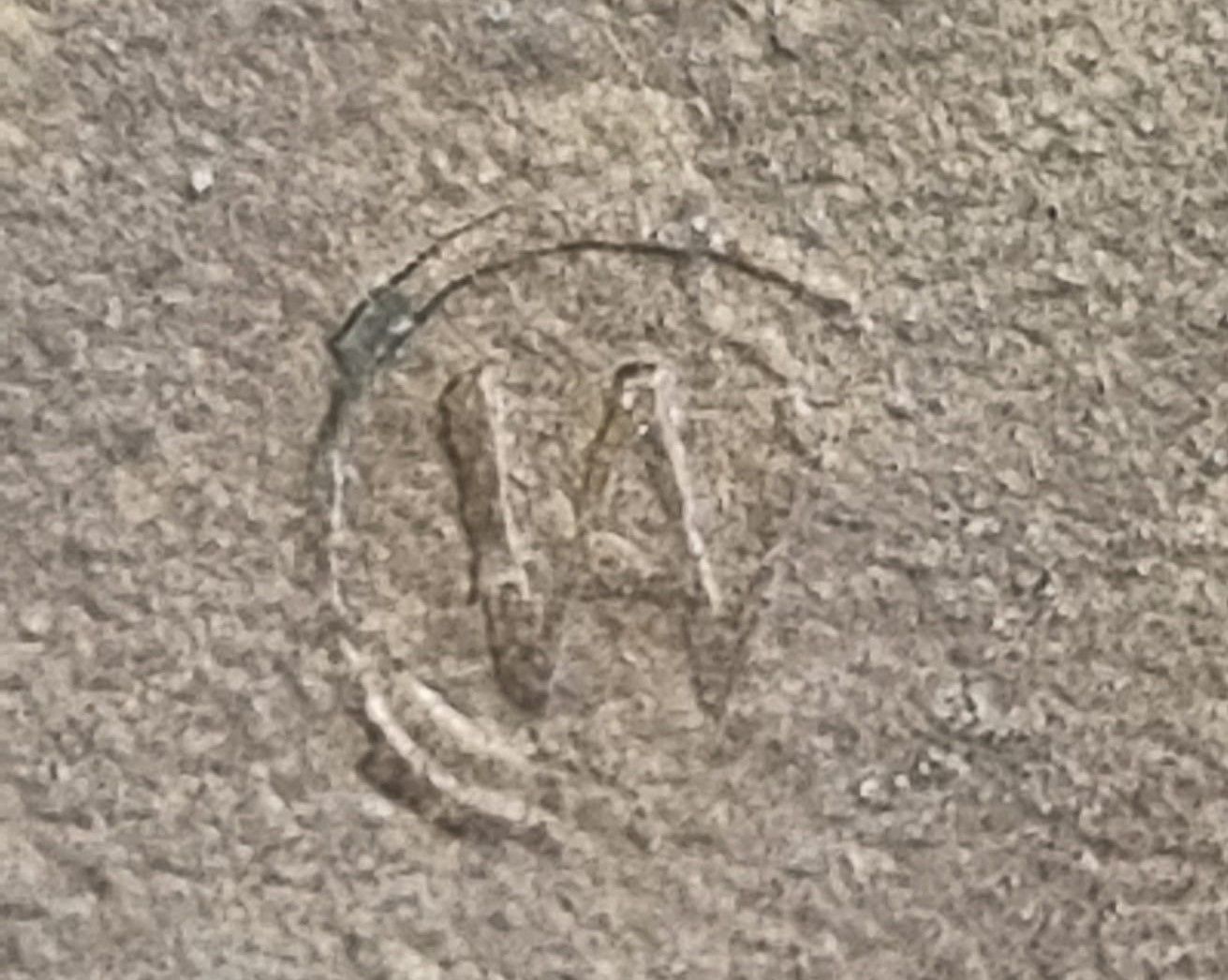
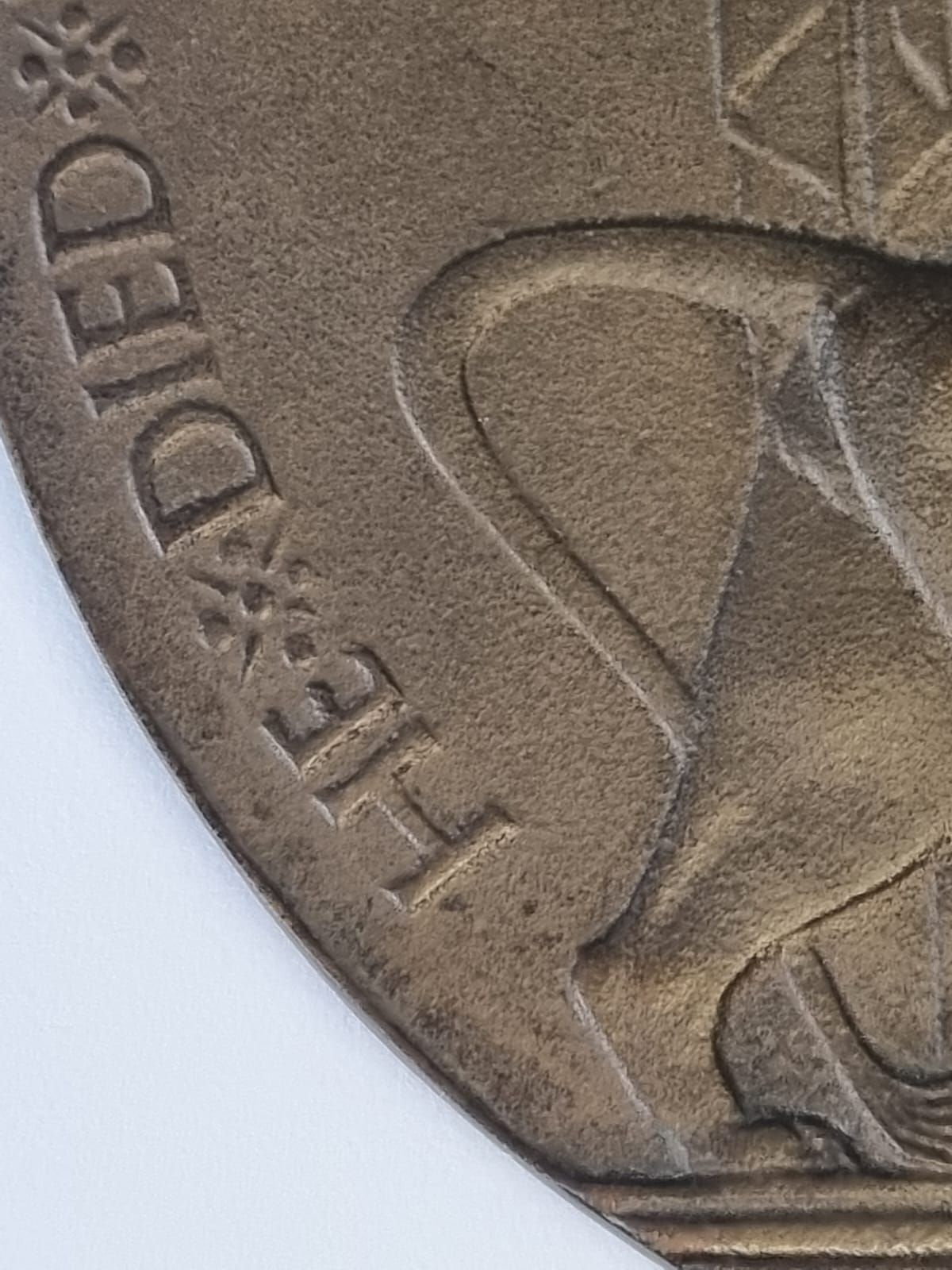
Knowing where the penny was made can be very helpful, especially if there was more than one soldier with the same name killed in action. If it was an Acton plaque, then the soldier must have died before December 1920 and no Naval casualties where known to have been made at Acton.
There is also a difference in the H where it says’ HE DIED’ the plaque from Acton will always have a wide H, but Woolwich can have both the wide and narrow H to allow it to be amended to SHE for womens plaques..
The reason for the change in the width of the H when it was manufactured at Woolwich was that they started to produce plaques for women and didn’t have enough room to add an S before HE to make it SHE DIED. All the SHE DIED plaques were cast at Woolwich and have the number 11 stamped between the leg and tail.
Plaques were still issued to men who died from causes attributed to their service upto the early 1930’s

